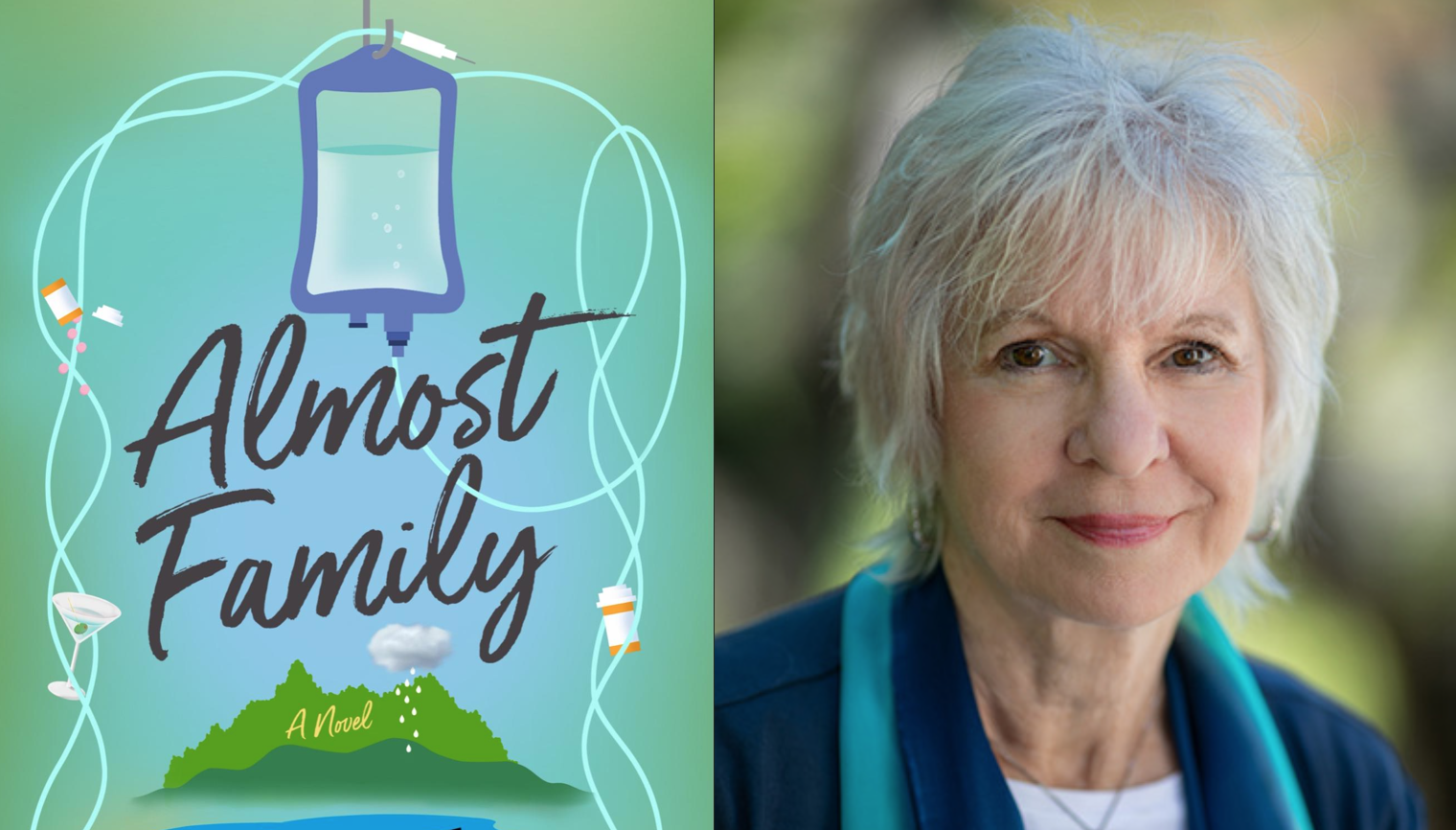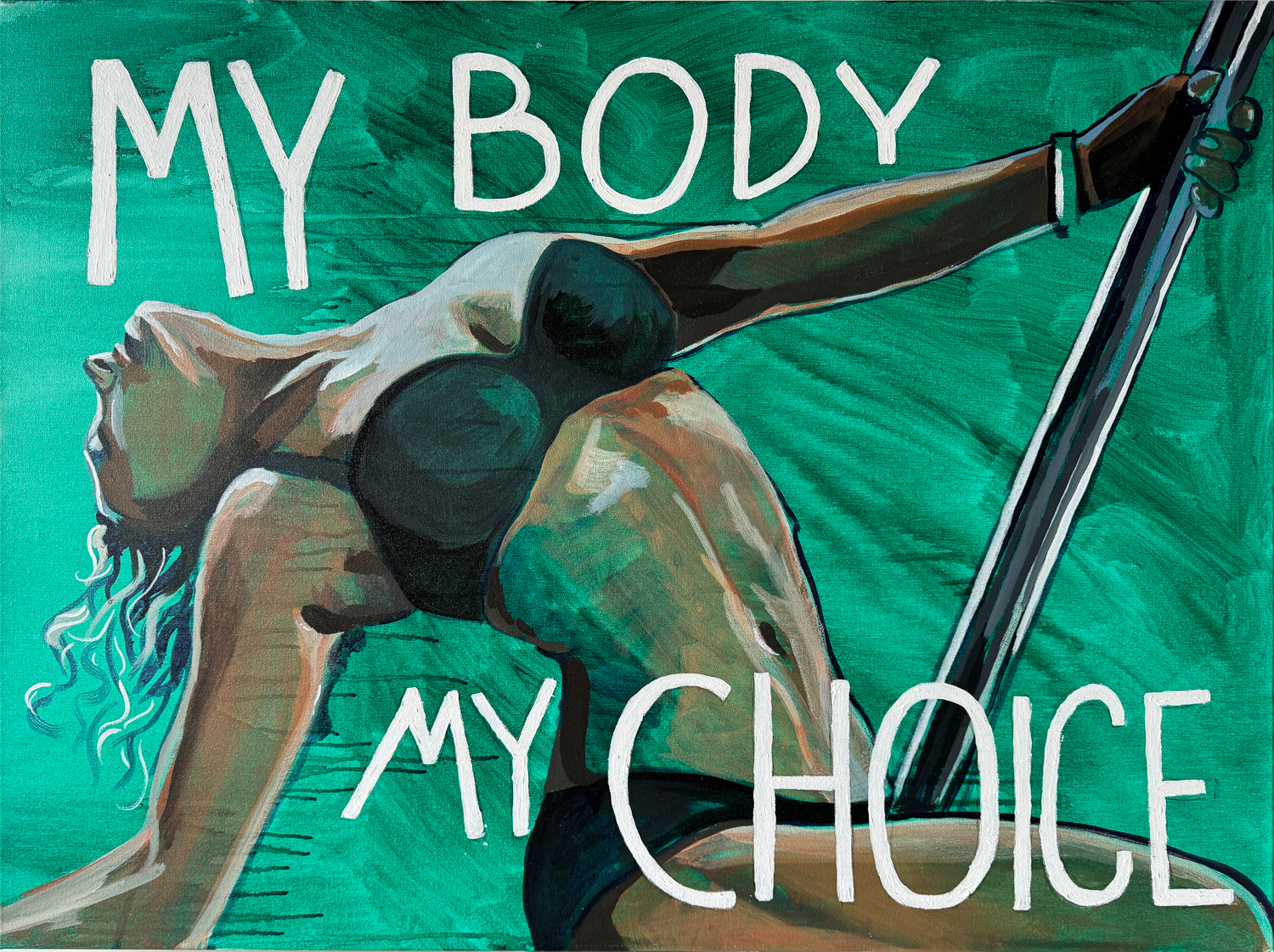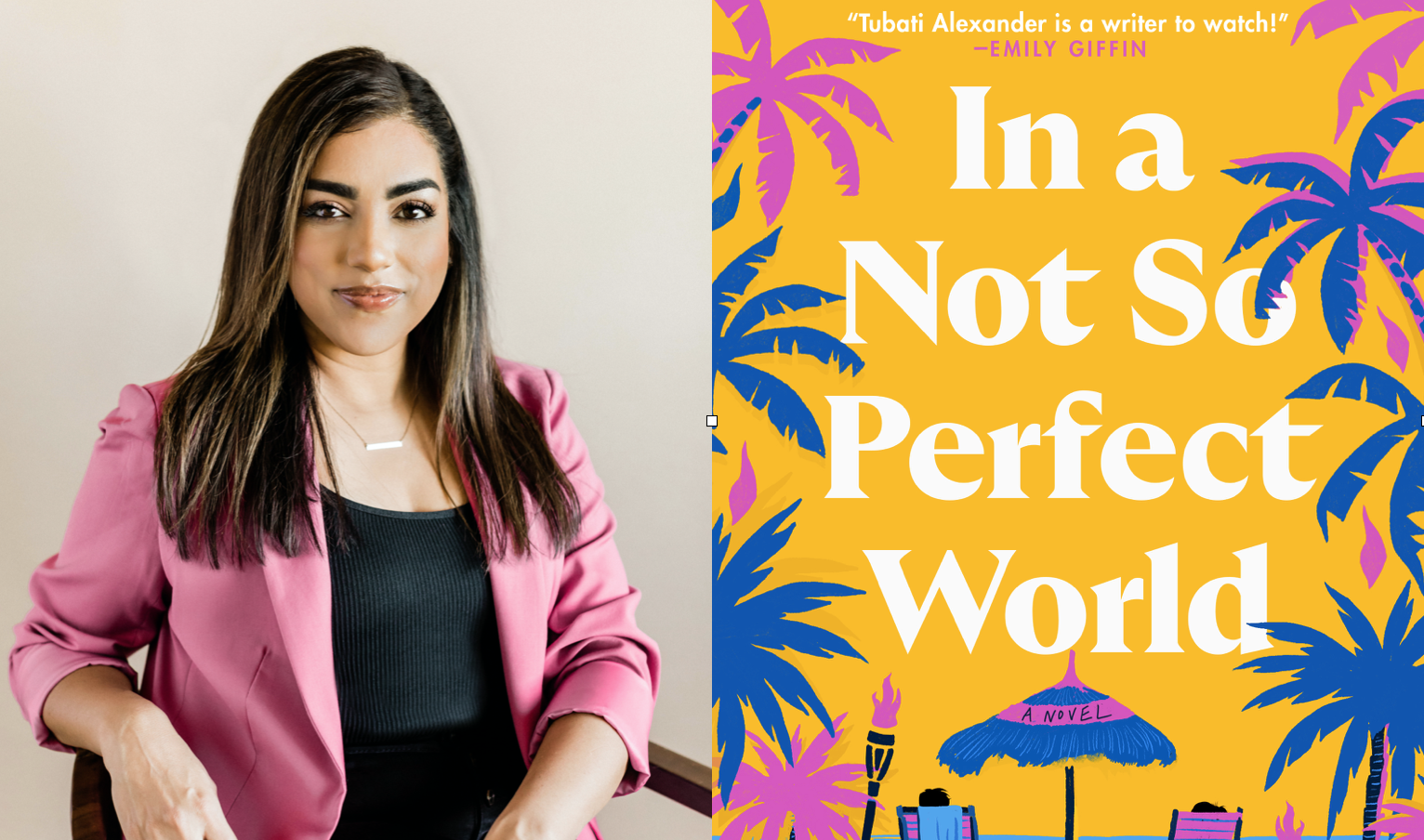
Across the 21st century, the balance of female and male authors hasn’t been too far from a 50/50 split. This statistic highlights the rise of female authority in the publishing industry, especially given the percentage of female authors often dipped below 20% in the 20th century.
The Women’s Prize for Fiction has been a cornerstone for this turn of events since it began to formally recognize female authors in 1996. The recognized charity has now been showcasing and awarding female writers for a quarter of a century. This not only recognizes and gives appreciation to published authors but also empowers up-and-coming writers, and gives representation to a wide variety of women who didn’t see it before.
Recognizing their talent
With such a strong network of female talent in the publishing industry, the Women’s Prize for Fiction set out to recognize and award females for their efforts. Before this award, it was most common for men to be awarded for their writing skills, with the Booker Prize of 1991 a prime example of this, when it saw the six shortlisted authors for the award without a single female author. Since then, female writers including Brit Bennett and Yaa Gyasi have been recognized for their writing efforts by being shortlisted for the prize.
While the Women’s Prize for Fiction is a UK-based organization, they recognize the works of women from across the world no matter their nationality, as long as there’s an English version of the book. Thanks to the possibilities provided by the Internet, learning the English language is more accessible for these writers. Services such as Preply provide personal English tutors, meaning language-learning goals can be tailored to the individual’s needs — in this case, writing. These options have opened new doors for women across the world, so being recognized globally as an author is not an impossible goal to achieve.
Female Writers and Protagonists
To this day, famous female author Agatha Christie is regarded as the world’s best-selling fiction writer. Having produced 66 detective novels, Christie sold more than 2 billion copies which is a stark contrast to the average number of 3,000 copies per author today. Her first novel was published over 100 years ago in 1920 and introduced the detective Hercule Poirot, who solved crimes across 33 of her novels.
Having a male protagonist in such novels wasn’t out of the ordinary at that time as they were then classified as citizens of higher authority when compared to their female counterparts, which meant that detective females weren’t a reality.However, towards the end of the 1920s, Christie introduced the female detective Miss Jane Marple who became the protagonist in a subsequent 12 novels. Giving a female character such a pivotal role in her novels demonstrated the power that women could and did have.
In a time where women were fighting for equal rights, her novels were somewhat inspiring and can be said to have empowered female writers to this day, thanks to the legacy that Christie left behind. Since then, female writers have produced novels with strong female protagonists including Margaret Atwood’s The Handmaid’s Tale, and Suzanne Collins’ The Hunger Games.The importance of this is not only to give a voice to the women writing these stories but also to inspire and empower readers who meet characters they can relate to and see them being autonomous and powerful.
The past 100 years has been an exciting journey for female writers. Thanks to the reduction of the gender equality gap, alongside technological development and globalization, women from all over the world are becoming admired published authors.

















